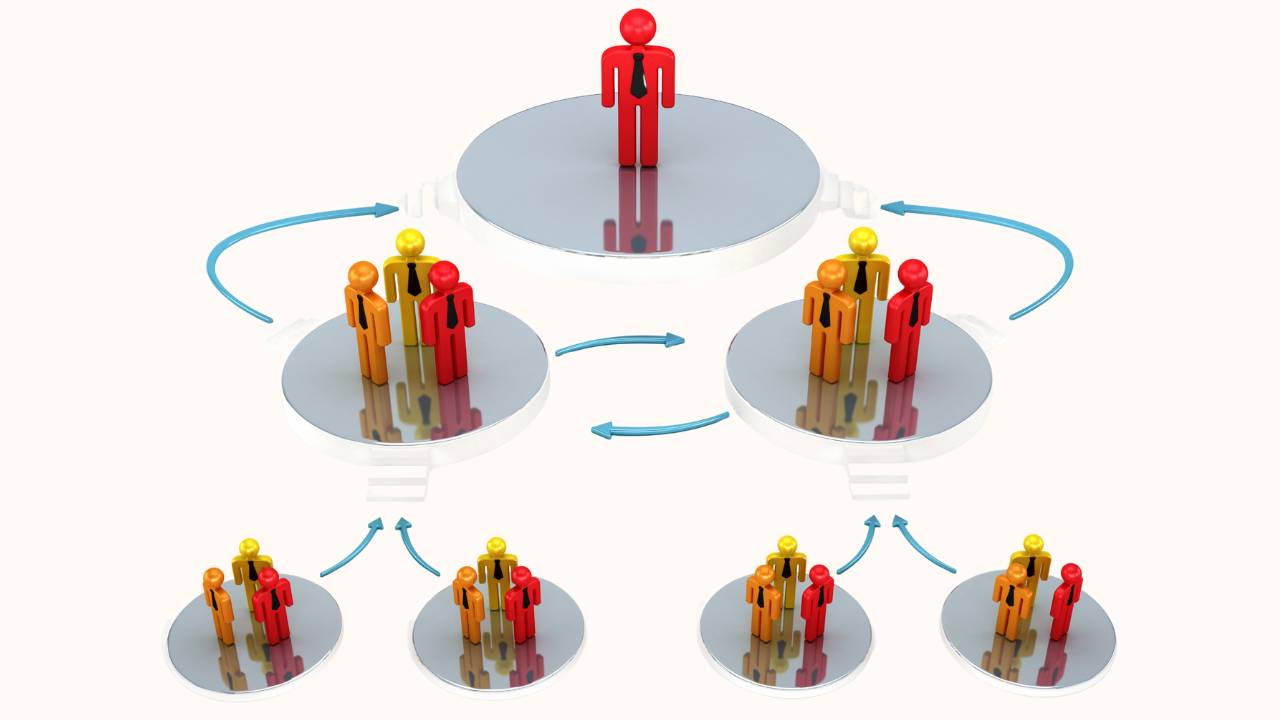The Role of Middle Managers in Shaping Workplace Culture
Apr 11, 2025
Their leadership influences every level of the team - every single day.
If you ask most CEOs or senior leaders what defines their workplace culture, they’ll often talk about values: respect, collaboration, accountability, integrity. They’ll reference vision statements and leadership strategies.
And while that top-down direction is important, here’s the truth:
Culture lives in the middle.
It’s in the tone a manager uses when speaking to a stressed team member.
It’s in how feedback is given - or avoided.
It’s in how problems are escalated, or solved quietly, professionally, and with care.
Middle managers are the ones who set the emotional tone for the team. And that tone impacts everything, from how staff treat each other, to how they treat your guests.
So, why does culture so often break down here?
Because middle managers are the most overlooked and over-stretched layer of your leadership team.
They’re expected to:
- Deliver KPIs and operational goals
- Keep the team motivated, cohesive, and happy
- Handle difficult conversations
- Implement senior leadership decisions
- Put out fires
- And still smile at every shift change
All while often receiving the least development, support, or strategic input.
As a result, they default to what’s familiar. They retreat from difficult conversations.
Or they pass pressure down instead of filtering it up.
And that’s how culture fractures - not because they’re not capable, but because they’re not equipped.
Great culture doesn’t just trickle down - it’s reinforced sideways.
You can have all the right posters on the wall and the most inspiring vision statement at the AGM, but if your middle managers aren’t living those values day-to-day, your culture doesn’t stand a chance.
That’s why developing your middle leaders is the most impactful move you can make.
When they have the right tools, they:
- Lead with emotional intelligence
- Bridge generational gaps in teams
- Set consistent expectations and hold staff accountable
- Communicate with clarity and calm
- Create stability—especially in high-pressure environments
In short, they bring your values to life.
So, what does this look like in practice?
We’ve seen it time and again; a disengaged, inconsistent team transforms when a confident leader steps in.
Not because they were “bad staff”, but because they were unclear, unmotivated, and poorly led.
And we’ve also seen promising middle managers flounder because no one ever taught them how to delegate without micromanaging, hold a tough conversation, communicate with team members of different ages and experiences, or align with their peers and senior leaders.
When you upskill the middle, you stabilise the base, strengthen the bridge, and build a culture that lasts.Your culture is only as strong as the leaders reinforcing it.
So, if your guest experience is inconsistent…
If you’re losing great team members and don’t know why…
If your managers are overwhelmed and underperforming…
The issue might not be at the top. It might be in the middle.
And that’s a good thing because it means you can fix it. With the right development, middle managers don’t just uphold culture, they drive it forward.

